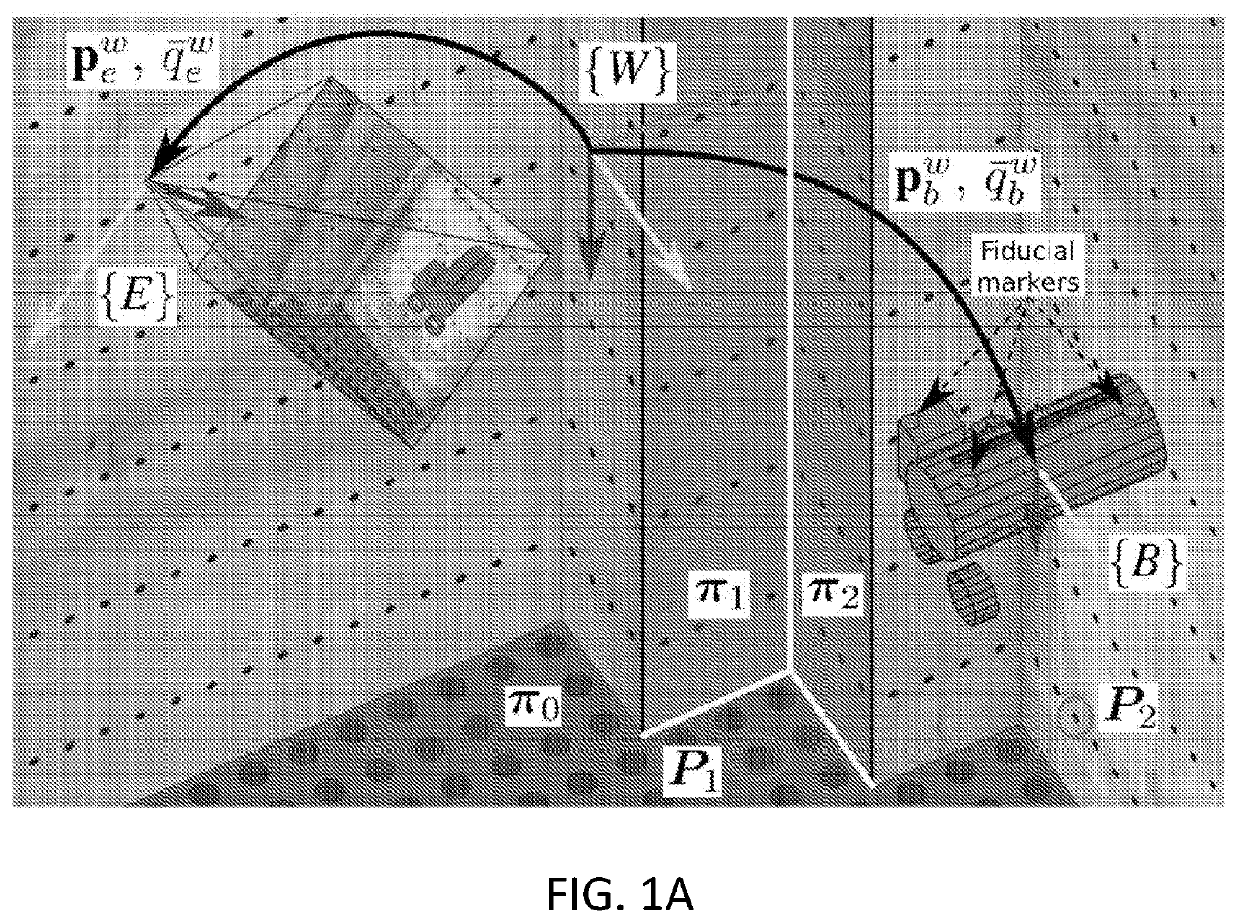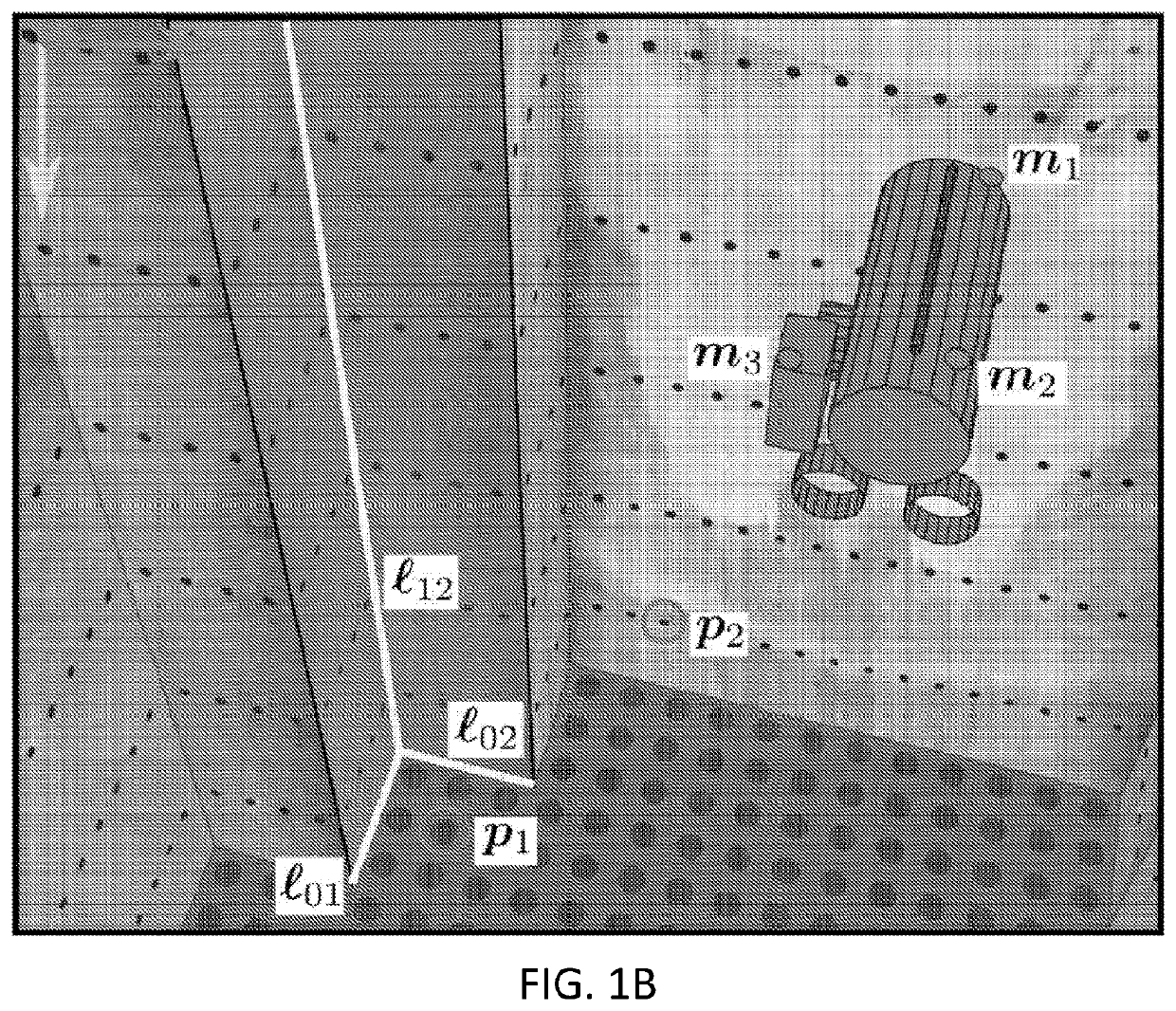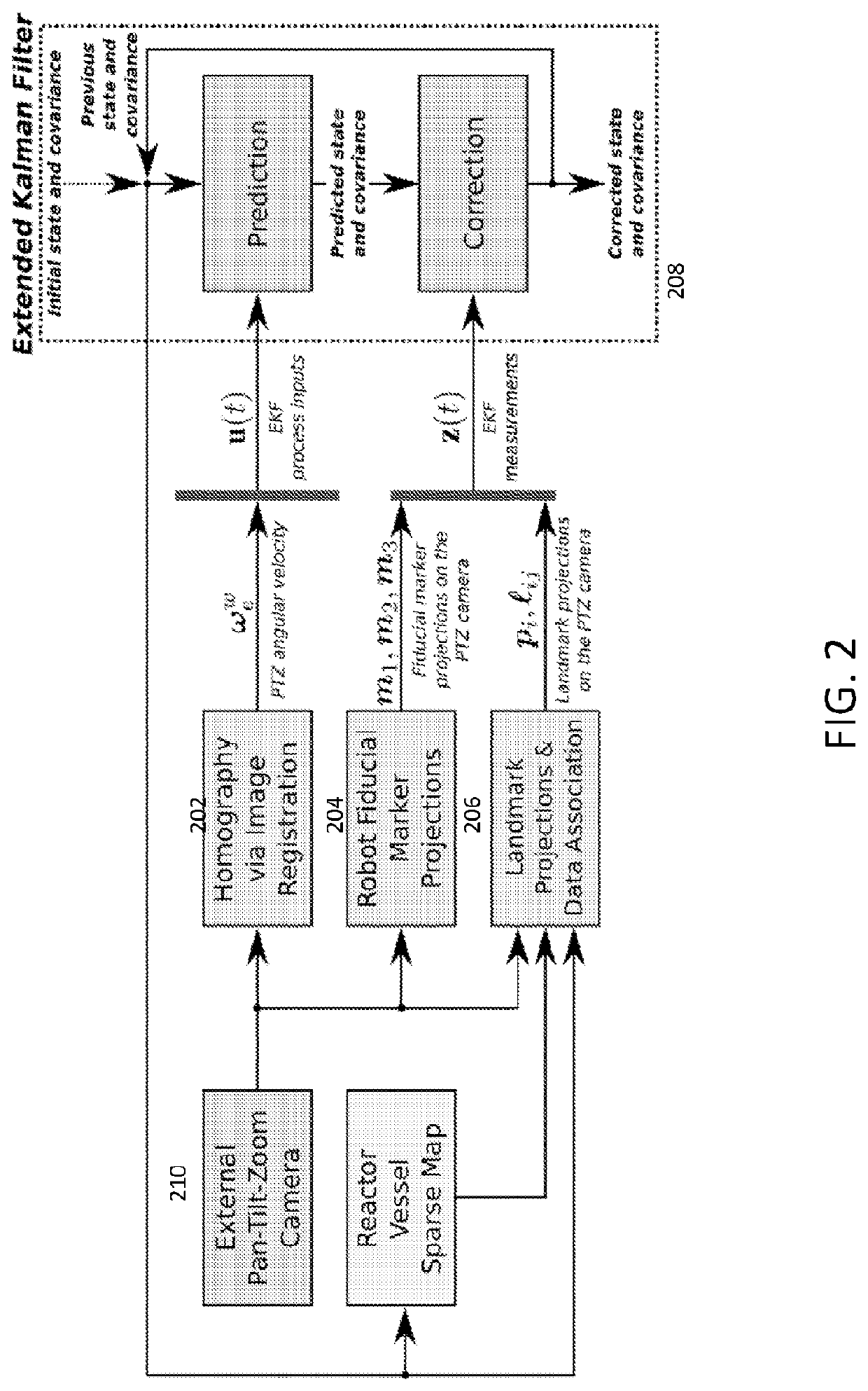State estimation and localization for ROV-based structural inspection
a technology applied in the field of state estimation and localization of rov-based structural inspection, can solve problems such as image noise or other difficulties in using in an automated context, and achieve the effect of increasing the belief state of the camera
- Summary
- Abstract
- Description
- Claims
- Application Information
AI Technical Summary
Benefits of technology
Problems solved by technology
Method used
Image
Examples
Embodiment Construction
[0014]Note that, as used herein, the terms, “vehicle”, “remotely-operated vehicle”, “ROV” and “robot” are used interchangeably and refer to the vehicle being localized. Also, as used herein, the terms “pan-tilt-zoom”, “PTZ” and “camera” are used interchangeably, and refer to the external camera used for image capture for purposes of localization of the robot, and not a camera or cameras which may be mounted on the robot and used for capturing images of the structure being inspected.
[0015]The invention uses a vision-based state estimation and localization framework to enable submersible robots to conduct precision inspection of nuclear reactor pressure vessels and other underwater structures. The framework is formulated as an extended Kalman filter (EKF) that is robust to sensor degradation and image corruption that may occur due to environmental effects, such as radiation and color attenuation. The proposed framework relies on a pan-tilt-zoom (PTZ) camera that is autonomously contro...
PUM
 Login to View More
Login to View More Abstract
Description
Claims
Application Information
 Login to View More
Login to View More - R&D
- Intellectual Property
- Life Sciences
- Materials
- Tech Scout
- Unparalleled Data Quality
- Higher Quality Content
- 60% Fewer Hallucinations
Browse by: Latest US Patents, China's latest patents, Technical Efficacy Thesaurus, Application Domain, Technology Topic, Popular Technical Reports.
© 2025 PatSnap. All rights reserved.Legal|Privacy policy|Modern Slavery Act Transparency Statement|Sitemap|About US| Contact US: help@patsnap.com



